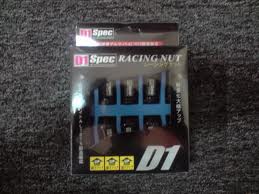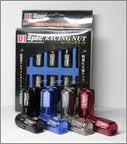Changing the fluid in a manual transmission according to the schedule suggested in your owner's manual can greatly extend the life of your transmission and increase its reliability. Before starting this job call your dealer with the vehicle identification number and ask which transmission lubricant is required for you car. In years past this step was not necessary, but in recent years a manual transmission fluid could be anything from automatic transmission fluid to 95-140w synthetic oil. Using the wrong transmission fluid (lubricant) could shorten the life of your transmission to a trip across town, so use what the dealer recommends. The dealer can also tell you how much to buy.
Difficulty: Moderately Easy
Instructions
Things You'll Need
Floor jack
Jack stands
1/2 inch ratchet wrench or hex wrench
Drain container
Teflon tape
Replacement fluid or oil
1. Jack the vehicle high enough to easily slide under it. Place jackstands or other solid supports under the frame of the vehicle before going under it. Make sure it is level and securely supported.
2. Locate the drain plug on the underside of the transmission. This will plug may have a recessed area for the removal tool or a raised area to be engaged with a wrench. If recessed the tool needed will be either a square drive, such as a ratchet wrench, or a hex, which will require a large hex drive socket or wrench.
3. Place the drain pan under the transmission and remove the drain plug. Turn the plug counterclockwise to remove. Allow to drain completely. This will be faster if the vehicle has been driven before this service is performed.
4. Clean the drain plug before reinstalling. It may be magnetic and have fine metal particles adhered to it. These clean off easiest by wiping the plug with a rag. Large pieces of metal adhered to the plug or in the drained fluid are an indication of severe wear or broken gears. If these are found your transmission will require attention by a professional transmission mechanic.
5. Wrap a turn or two of Teflon tape around the plug and reinstall it.
6. Locate the fill plug on the side of the transmission. This will be about halfway up on the side of the transmission case and will look like the drain plug. Remove this plug by turning in a counterclockwise direction.
7. Add the proper transmission fluid (lubricant) through the fill hole. Fill until the lubricant just starts coming back out of the hole.
8. Clean the fill plug, wrap with Teflon tape and reinstall.
9. Dispose of the used transmission lubricant in an approved manner. You should be able to return it to the store where you got the new lubricant.























